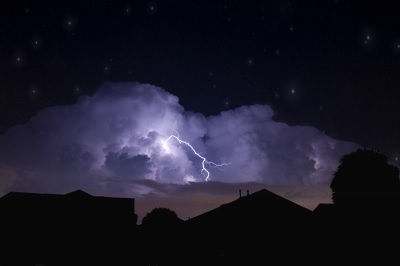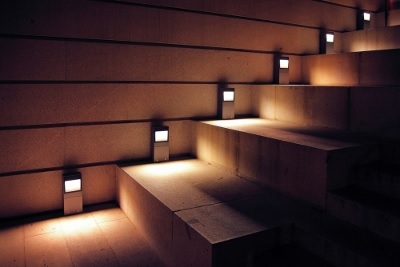Three key questions when considering solar
- Will it do the job?
- Will it be here on time?
- Is the price acceptable?
How to choose a solar system?
We have broken down the items you need to get across when selecting a solar system.
Here are some criteria when choosing a solar system.
Choose a solar panel brand your trust
Solar panels have a big range of quality and price. At the top end you have your super space efficient panels from long term trusted industry players such as SunPower and LG.
At the bottom end you have brands you have never heard of that are here today and gone tomorrow.
“Quality is remembered long after price is forgotten.”
Choose an inverter brand you trust
This mirrors choosing solar panels in many ways. There is a massive range of quality and pricing for inverters.
Top industry players are SMA, Fronius, ABB, Enphase and SolarEdge.
Choose the inverter type (regular, micro or maximisers)
If you have an unshaded roof with no obstructions such as trees, chimney and smell pipes, then you may go with confidence for a regular inverter.
As soon as variability is introduced, you need to start considering micro-inverters and maximisers.
Recapping the main advantages of micro-inverters and maximisers is that every panel is individually controlled and monitored.
The only downside is that they cost more.
Choose a solar installer you trust
Get 3 Quotes. Meet the people you are entrusting your house and solar system to and ask questions.
Don’t buy over the phone from a pushy sales person.
Go with someone that:
1. provides confidence that they won’t ruin your house
2. will install your solar panels safely and delicately
3. provides excellent after sales service and maintenance.
.
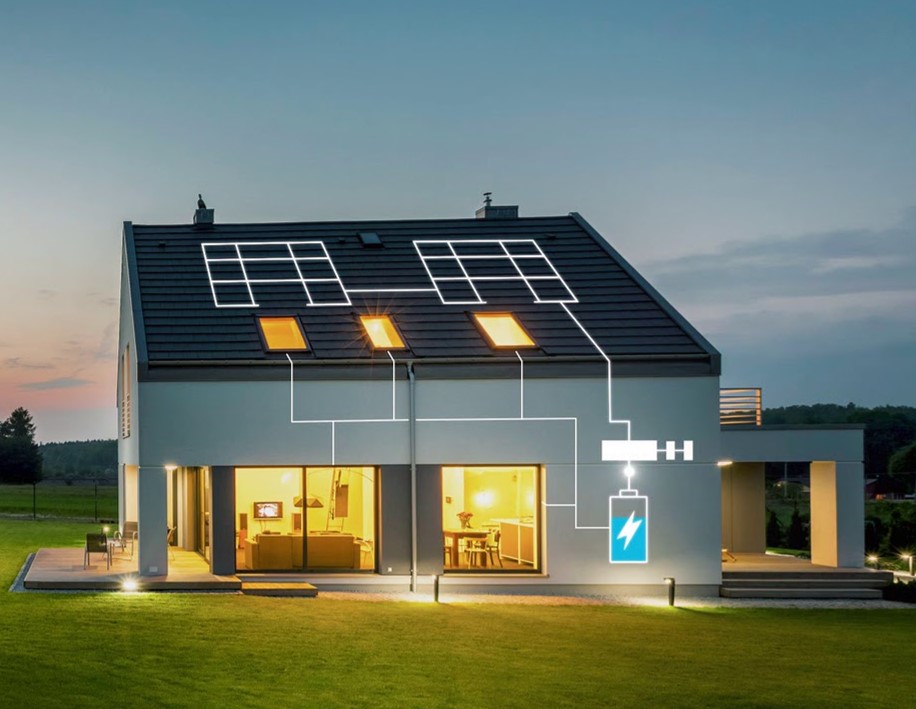
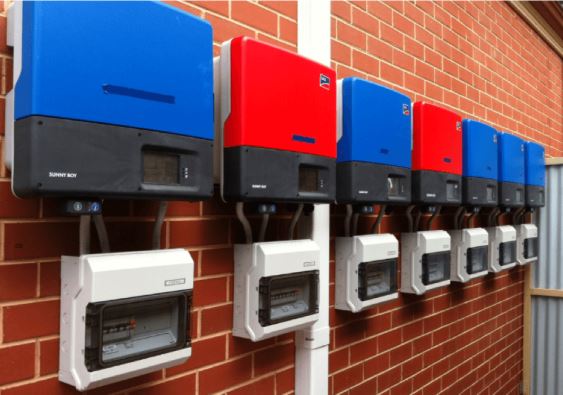
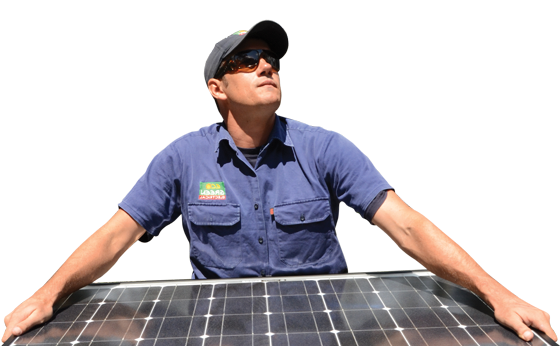
How important is solar panel efficiency?
The more efficient a solar panel, the less roof space is taken up.
So if roof space is at a premium, panel efficiency can become very important.
High efficiency solar panels do cost more than regular panels.
A low efficiency solar panel by 2019 standards is around 270W and a high efficiency solar panel is around 360W. The efficiency of a mid range panel is around 300W.
Here is a table showing how much roof space is taken up for a low, average and high efficiency 5kW solar system.
|
Panel Efficiency |
Low |
Medium |
High |
|
Typical Panel Power |
350 W |
370 W |
440 W |
|
Panel Efficiency |
20.1% |
21.2% |
22.1% |
|
Roof Space Need for 5kW |
24m2 |
23m2 |
22m2 |
|
Cost |
$ |
$$ |
$$$ |
What direction should I point my solar panels?
Solar systems in Australia have always been installed facing north as often as possible.
A north facing solar panel will receive more solar energy from the sun than an east or west facing solar panel, and will hence generate more solar energy.
Here is what a 5kW solar system will generate on a 20 degree pitched roof when facing different directions:
|
City |
North |
East |
South |
West |
|
Adelaide |
23.8 |
20.7 |
17.9 |
21.1 |
|
Brisbane |
23.4 |
21 |
18.1 |
20.6 |
|
Canberra |
23.4 |
20.5 |
17.4 |
20.5 |
|
Darwin |
27.3 |
25.5 |
23.2 |
25.4 |
|
Hobart |
18.8 |
16.1 |
12.9 |
16 |
|
Melbourne |
19.9 |
17.2 |
14.5 |
17.6 |
|
Perth |
25.3 |
22.4 |
19.1 |
22.4 |
|
Sydney |
22.2 |
19.1 |
16.2 |
19.3 |
kWh/day based on a 5kW solar system mounted on a 20 degree pitch
Facing panels east means you get your peak power early. Facing them north means you get your peak power at midday. Facing panels west means you get your peak power in the afternoon.



